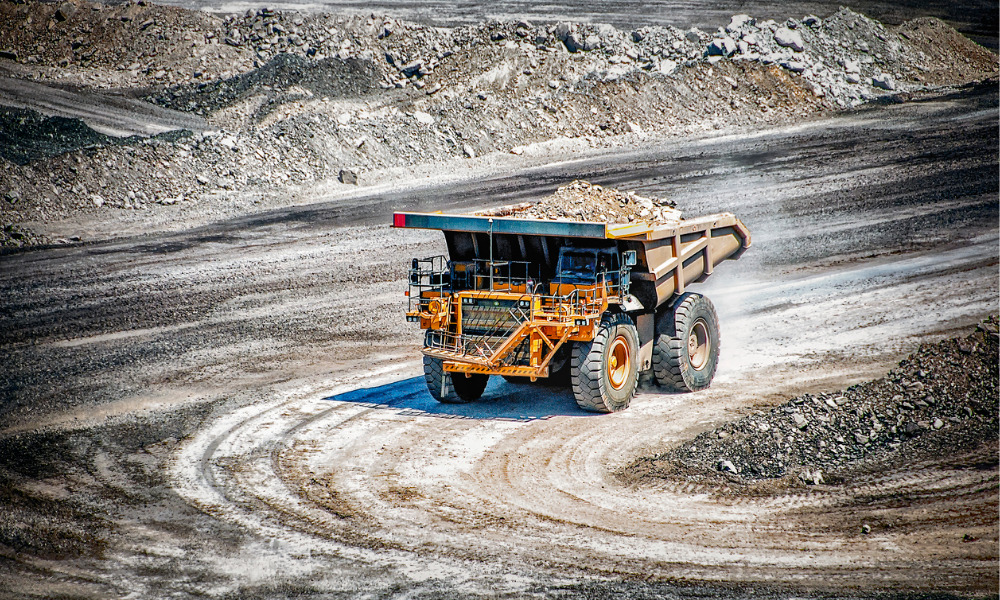Balancing economic benefits and environmental protection has been an ongoing challenge for most provinces. One way of harmonizing these two is by enforcing environmental compliance as established by laws and regulations for the various sectors and industries.
What is environmental compliance?
Environmental compliance refers to the laws and regulations that aim to protect the environment.
When a country allows the harvesting or use of its natural resources, it will set limits. Standards are in place to prevent any adverse effects during the process. This is where environmental compliance comes in.
While environmental compliance laws are focused on preventing pollution, they also set out procedures in case of accidents, spills, or any other environmental emergencies.
Environmental compliance outlines the penalties and fines that may be imposed on violators of the law.
What are the Canadian laws for environmental compliance?
Environmental protection is a shared jurisdiction between federal and provincial governments.
While federal laws on environmental protection and compliance may cover certain specific matters, provincial laws may also apply. Environmental protection falls primarily under its jurisdiction.
It’s best to consult a lawyer to see where these laws overlap, especially if your business involves mining, forestry, fisheries, and hazardous chemicals. Speak to a lawyer in your province. If you’re based is in Toronto, for example, contact a Lexpert-Ranked mining lawyer in Ontario.
Pollution Prevention Laws
— SCAN (@s_can_org) March 5, 2022
Canadian Environmental Protection Act, 1999 (CEPA 1999): This Act is the cornerstone of Canada’s environmental legislation and an essential part of Canada’s broader legislative framework to prevent pollution and protect the environment and human health.
Read more: What is the work of environmental lawyers in Canada?
Canadian Environmental Protection Act, 1999
The Canadian Environmental Protection Act, 1999 (CEPA 1999) applies to certain industries, such as those that involve chemicals and toxic substances.
Certain provisions enforcing environmental compliance under the CEPA 1999 cover:
- pollutants: preparing a pollution prevention plan and mandatory screening of toxic substances for any health or environmental risk
- toxic substances and wastes: acquiring permits for any transboundary movement of pollutants and wastes, including its release or disposals (e.g., ocean disposals)
- environmental emergencies: preparing an environmental emergency plan for screened substances and imposing liabilities on persons or entities responsible
- inspections: conducting inspections by enforcement officers when there’s reason to believe that violations under the CEPA 1999 have been or are being committed
- Aboriginal lands: regulating any activities, including government operations, in Aboriginal lands when not covered by provincial laws
Environmental Enforcement Act
Fines and penalties found in various environmental laws in Canada have been harmonized under the Environmental Enforcement Act. This includes the monetary and administrative fines for violations under the CEPA 1999.
Provincial laws
Provinces have also enacted laws on environmental protection and compliance, such as:
- Ontario: Environmental Protection Act (EPA)
- Québec: Environment Quality Act (EQA)
- British Columbia: Environmental Management Act (EMA)
- Alberta: Environmental Protection and Enhancement
- Manitoba: Environment Act
It is important to consult with a lawyer on the specific application of these laws. Each industry or sector is imposed with different levels of compliance in relation to each federal or provincial law.
Application
Persons, businesses, or corporations that want to apply for environmental compliance (authorizations, permits, or licenses) must do so under these provincial laws.
For example, under the EPA of Ontario, an Environmental Compliance Approval (ECA) must first be obtained before any person or entity engaged in these businesses can operate their facility or site:
- activities with emissions related to air, noise and/or vibrations
- transportation, management, and/or disposal of certain types of waste
- sewage works
Those granted with an ECA in Ontario must comply with the conditions stated in that document. Otherwise, penalties may be imposed on the offender.
In applying for an ECA in Ontario, knowingly giving false or misleading information is an offense under the EPA.
Environmental Assessments
Under the different provincial laws, environmental assessments must first be carried out for any activity that may affect the environment. This is related to applications for authorizations, permits, or licenses from the government.
For example, under Québec’s EQA, project proponents must first complete an Environmental Impact Assessment (EIA). It has recently been amended, where public participation and consultation has been strengthened.
Under the EQA’s regulations, some of the sites that require an EIA are:
- ports and wharfs
- mines
- hazardous material treatment and disposal sites
- power production facilities, and power transmission lines
- roads, highways, railroads, and railway stations
Here’s how the EIA process works:
- The project proponent applies for a project notice with the Ministry of the Environment, the Fight Against Climate Change, Wildlife and Parks
- The Minister will provide guidelines to the project proponent, which specifies the requirements for the EIA
- The project proponent submits all the requirements to the Ministry, subject to verification and clarification by the Ministry, and other relevant departments or agencies
- All documents submitted by the project proponent will be made public for a period of 45 days by the Office of Public Hearings on the Environment.
Public hearings may be conducted, whenever requested by a group or a municipality. Environmental mediation may also be required by the Minister.
- The Office produces a report on the public hearing. Specialists from the Ministry and other relevant departments or agencies will also submit an environmental analysis report. Both reports are then submitted to the Minister.
- The Minister will analyze the project based on the two reports and submit a recommendation to the government.
- The government, by Order of the Council, may authorize or reject the project.
- If authorized, the project proponent will submit its plans and specifications to the Minister to obtain a certificate of authorization.
Monitoring
Part of these laws is the submission of certain reports to the regulating authority of the province for monitoring purposes.
In British Columbia, those granted authorizations under the EMA must comply with its conditions to ensure environmental compliance.
Depending on the conditions stated in the authorization, entities are required to submit any of the following:
- Routine reports and data
- Site-specific documents
- Annual status reports
- Environmental data (to be uploaded to the Environmental Monitoring System)
Interested in knowing more about environmental compliance in the mining industry? Get in touch with any of the Lexpert Ranked mining lawyers in Canada.
Related Articles: The importance of hiring a mining lawyer





